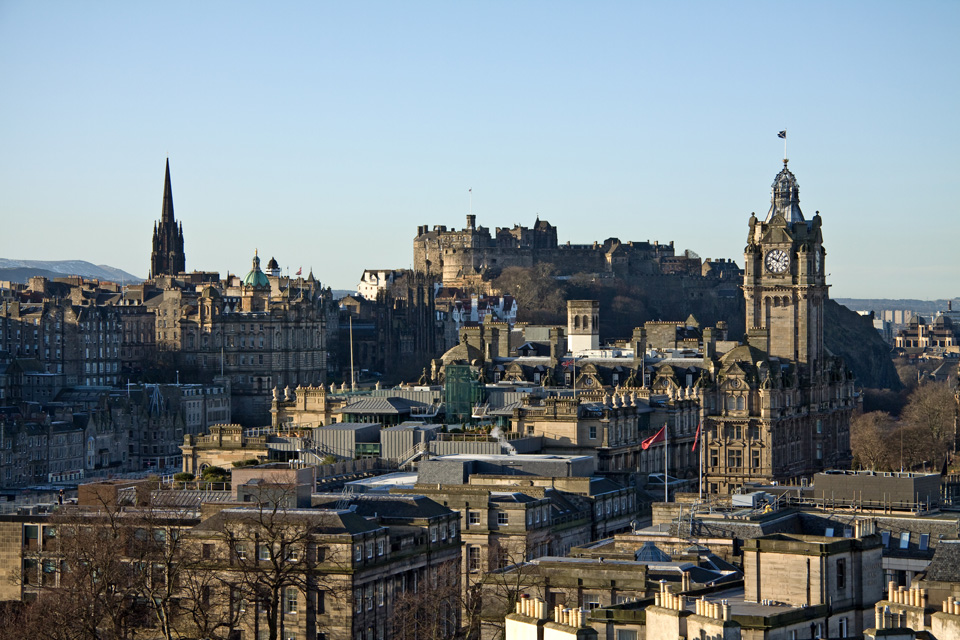Buy To Let
Scottish house sales rise 9% in H1 2012

The number of completed house sales in Scotland during the first half of 2012 was up 9% on last year, according to the LSL Scotland House Price Index.
The report said that 32,421 housing transactions were completed in the first six months of the year, up 2,674 on the 29,747 figure posted in the first half of last year.
The average house price across Scotland at the end of June was £146,093, flat compared to the previous month and marginally down on last year. The report said that an additional bank holiday in June was the reason for the slight decline year-on-year.
The Shetland Islands saw the biggest growth in house prices over the last 12 months, jumping 19.9% to £136,817. House prices in Edinburgh were also on the rise, growing 6.1% to £221,715. This growth has made the city the most expensive area in the country.
The border region saw the biggest slump in prices, falling by nearly a tenth in the last year from £167,925 to £152,502.
Richard Sexton, director of e.surv chartered surveyors, said: “An air of cautious optimism surrounds the Scottish housing market at the moment. Slowly but surely the building blocks of recovery are being put in place.
“The fact that activity has increased during a year when the economy has been weak bodes well for the future, and is testament to the underlying strength of the housing market and pent up demand.
“Although bank lending is still in the doldrums, evidently more buyers have been able to access mortgages than in 2011. More buyers have rolled up their sleeves and built the big deposits banks require to access affordable loans, which has eased the gridlock in the market and jump-started activity.
“Prices are erratic on a regional basis. Areas like Edinburgh and other parts of Midlothian, which have pockets of wealthier buyers, have seen prices rise considerably over the past year. These areas are full of buyers with more equity, so more people are finding it easier to get a mortgage.
“This is pushing demand above supply and causing prices to rise. On the flip side, less affluent areas with high unemployment have seen activity drop away, which has dragged down prices.”